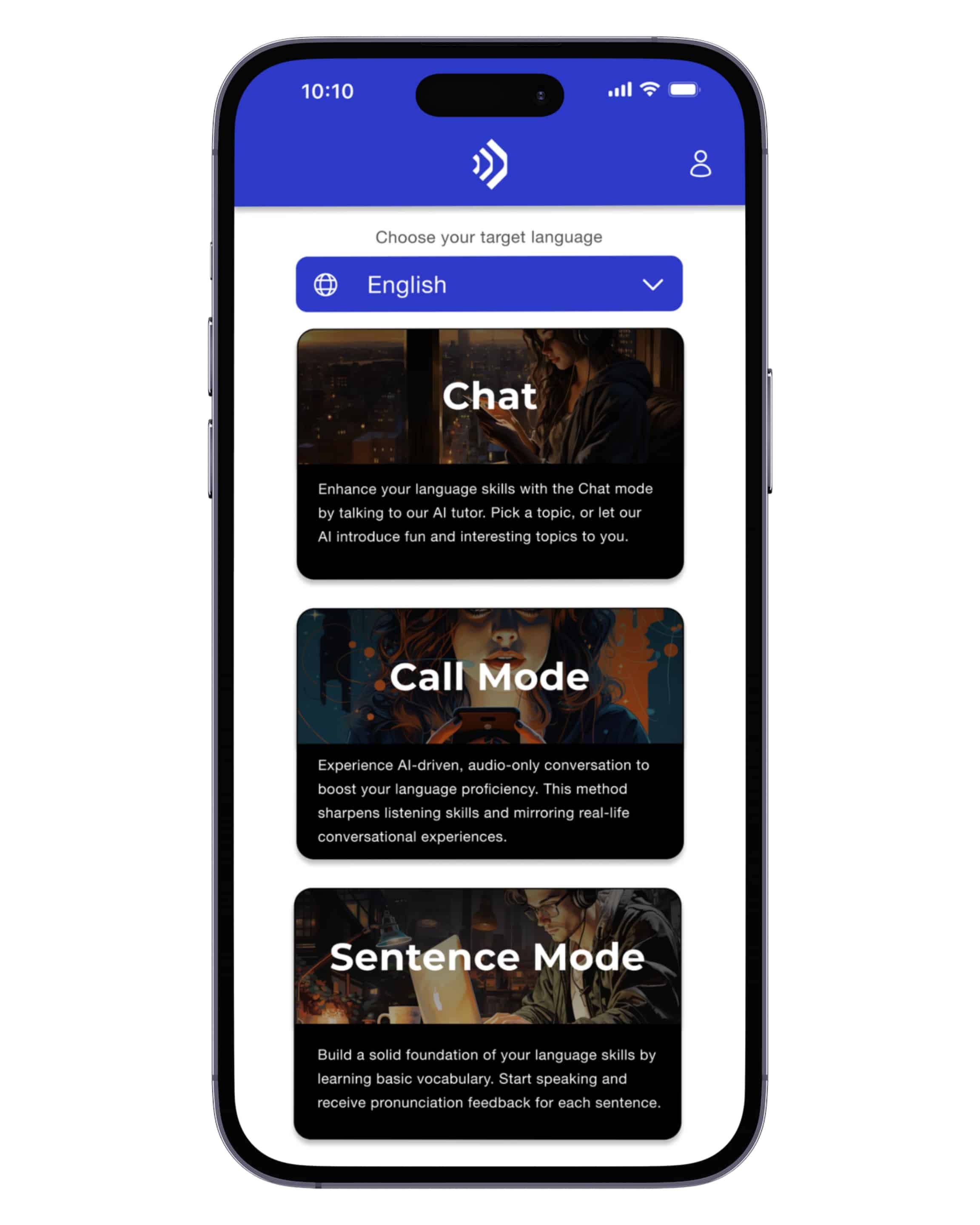Pick a language and start learning!
Two-Way Prepositions Grammar Exercises for German Language

Mastering two-way prepositions in German is essential for achieving fluency and accuracy in the language. These prepositions, known as "Wechselpräpositionen," can be particularly challenging because they require an understanding of both the dative and accusative cases. Depending on whether they indicate location (dative) or direction/movement (accusative), their usage changes the case of the noun that follows. Common two-way prepositions include "an" (at/on), "auf" (on/onto), "in" (in/into), "unter" (under), "vor" (in front of), and several others. By practicing these prepositions in various contexts, learners can develop a nuanced understanding of how to correctly employ them in conversation and writing.
Our grammar exercises are designed to help you navigate the complexities of two-way prepositions with confidence. Through a series of targeted drills, example sentences, and contextual practice, you will gain the skills necessary to distinguish between static and dynamic scenarios, ensuring the correct application of dative and accusative cases. Whether you're a beginner looking to grasp the basics or an advanced learner aiming to refine your skills, these exercises offer a comprehensive approach to mastering one of the more intricate aspects of German grammar. Dive in and start honing your proficiency in using two-way prepositions effectively!
Exercise 1
<p>1. Das Buch liegt *auf* dem Tisch (horizontal surface).</p>
<p>2. Wir fahren *in* die Stadt (destination inside a place).</p>
<p>3. Der Hund schläft *unter* dem Bett (below something).</p>
<p>4. Sie wohnt *an* dem See (near a body of water).</p>
<p>5. Die Katze sitzt *auf* dem Sofa (horizontal surface).</p>
<p>6. Der Schlüssel steckt *in* der Tür (inside an object).</p>
<p>7. Der Vogel fliegt *über* das Haus (above something).</p>
<p>8. Die Kinder spielen *vor* dem Haus (in front of something).</p>
<p>9. Er hängt das Bild *an* die Wand (vertical surface).</p>
<p>10. Der Stuhl steht *zwischen* dem Tisch und dem Schrank (between two objects).</p>
Exercise 2
<p>1. Ich stelle das Buch *auf* den Tisch (location: on the table).</p>
<p>2. Der Hund schläft *unter* dem Sofa (location: under the sofa).</p>
<p>3. Wir gehen *in* das Kino (destination: into the cinema).</p>
<p>4. Das Bild hängt *an* der Wand (location: on the wall).</p>
<p>5. Sie sitzt *neben* dem Fenster (location: next to the window).</p>
<p>6. Die Katze springt *auf* das Bett (destination: onto the bed).</p>
<p>7. Der Schlüssel liegt *zwischen* den Büchern (location: between the books).</p>
<p>8. Das Auto parkt *vor* dem Haus (location: in front of the house).</p>
<p>9. Wir fahren *über* die Brücke (destination: over the bridge).</p>
<p>10. Die Kinder spielen *hinter* dem Baum (location: behind the tree).</p>
Exercise 3
<p>1. Die Katze sitzt *auf* dem Tisch (preposition indicating position on a surface).</p>
<p>2. Wir gehen *in* das Kino (preposition indicating movement into an enclosed space).</p>
<p>3. Das Bild hängt *über* dem Sofa (preposition indicating position above something).</p>
<p>4. Die Kinder spielen *unter* dem Baum (preposition indicating position below something).</p>
<p>5. Er legt das Buch *neben* das Bett (preposition indicating placement next to something).</p>
<p>6. Sie stellen die Schuhe *vor* die Tür (preposition indicating placement in front of something).</p>
<p>7. Der Hund läuft *hinter* das Haus (preposition indicating movement to a position behind something).</p>
<p>8. Die Lampe steht *zwischen* den Stühlen (preposition indicating position between two objects).</p>
<p>9. Die Post ist *an* der Ecke (preposition indicating position at a specific point).</p>
<p>10. Ich gehe *auf* den Markt (preposition indicating movement to an open space).</p>






